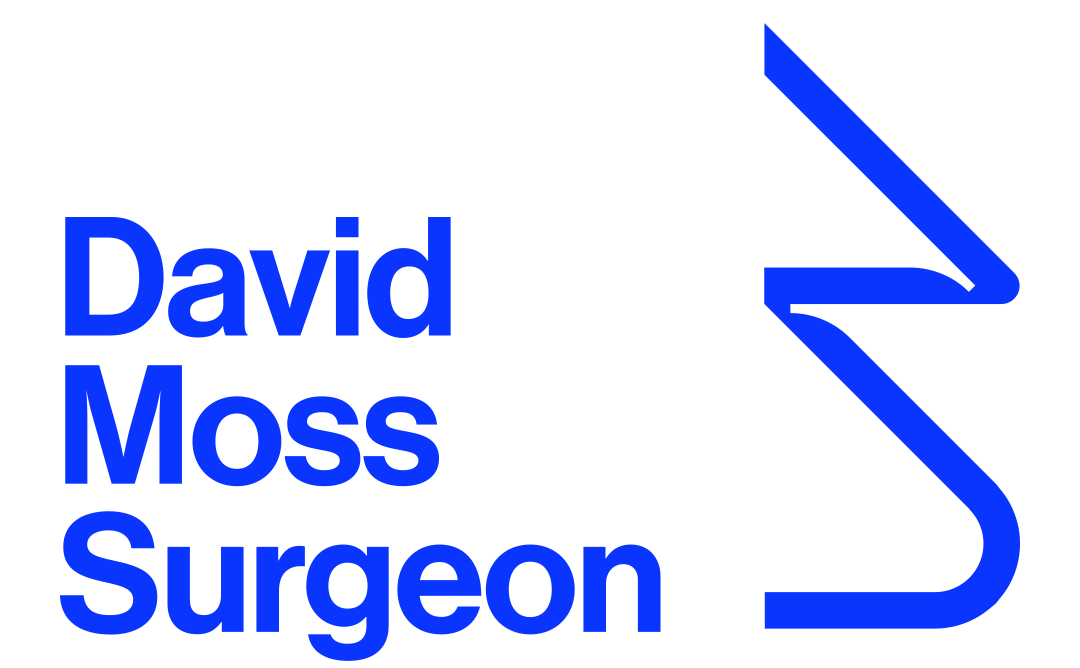Procedures and treatments
The following are some of the more common procedures David performs…
Endocrine Surgery
Abnormalities of the endocrine system treated by general surgery include disorders of the pancreas and adrenal glands in the abdomen, and the thyroid and parathyroid glands in the neck. These are often very complex conditions requiring extensive investigations. If surgery is required it is can be quite complicated and will usually mean a stay in hospital for several days or even longer.
Gallbladder Surgery (Gallstones)
The most common gallbladder problem is gallstones. These are formed if the gallbladder is not working properly, and the standard treatment is to remove the gallbladder (cholecystectomy). This procedure is usually performed using a laparoscopic (keyhole) approach. This involves about one hour of surgery and one night in hospital. Full recovery is normally within three weeks. Most people notice little difference after having their gallbladder removed in terms of diet. It is true some people find fatty or rich food doesn’t agree with them the same, although this is more likely to be about the volume they can eat rather than the variety.
Hernias
A hernia exists where part of the abdominal wall is weakened, and the contents of the abdomen push through to the outside. This is most commonly seen in the groin area (inguinal hernia) but can occur in other places. Surgical treatment is usually quite straightforward and involves returning the abdominal contents to the inside and then reinforcing the abdominal wall in some way. Laparoscopic repair of hernias, particularly groin hernias, offers the best chance of quick recovery and most groin hernias are suitable for repair using this technique. Robotic Assisted hernia surgery is an emerging technique in hernia surgery. It similar to Laparoscopic repair in that small incisions are used, but offers advantages in terms of precision and dexterity. Other types of hernias include umbilical (tummy button) and incisional (through a previous operation site) hernias. The management of these can be complex and depends on a number of factors which will be discussed during your consultation. Most hernia repair in adults involves the use of mesh. This is safe and is quite different to the mesh used in pelvic procedures (pelvic mesh). David has audited his hernia practice carefully and has data on more than 10 years of outcomes which has been presented internationally.
Parathyroidectomy
The parathyroid glands (usually four) are involved in control of your blood calcium levels. They are normally only a few millimetres in size and located behind the thyroid gland. Surgery is usually indicated when the parathyroids glands are overactive (hyperparathyroidism) and enlarged. Once the diagnosis is made usually scans are required to localise the abnormal gland(s). At the time of surgery a small incision (cut) is made in the front of, and at the base of the neck, and one or more of the parathyroid glands are removed.
Thyroidectomy
The thyroid gland is located in the front of the lower neck. Surgery is mainly required if the thyroid is enlarged (goitre) or overactive (hyperthyroidism). Sometimes a lump in the thyroid gland can be cancerous and so often a biopsy is taken using a needle to help decide the nature of the lump, before a decision is made about surgery. At the time of surgery an incision (cut) is made in the front of, and at the base of the neck, and part or all of the thyroid gland is removed.


